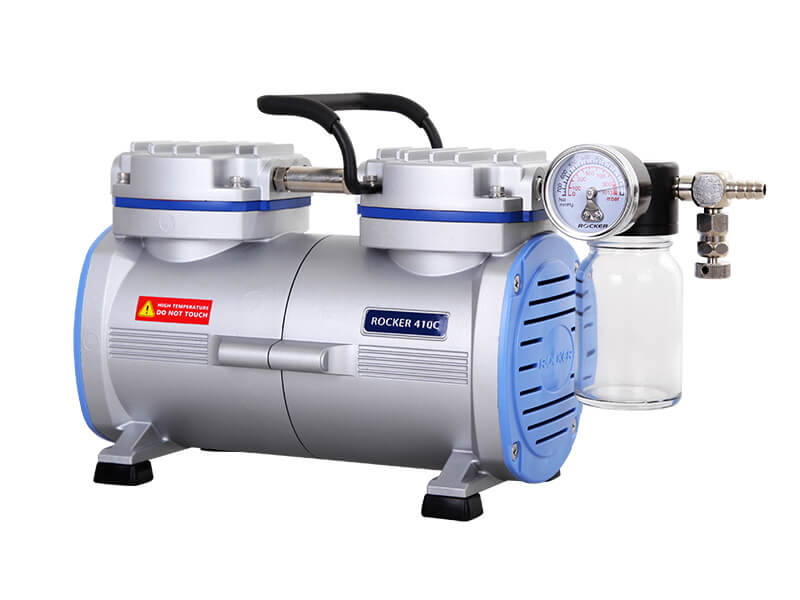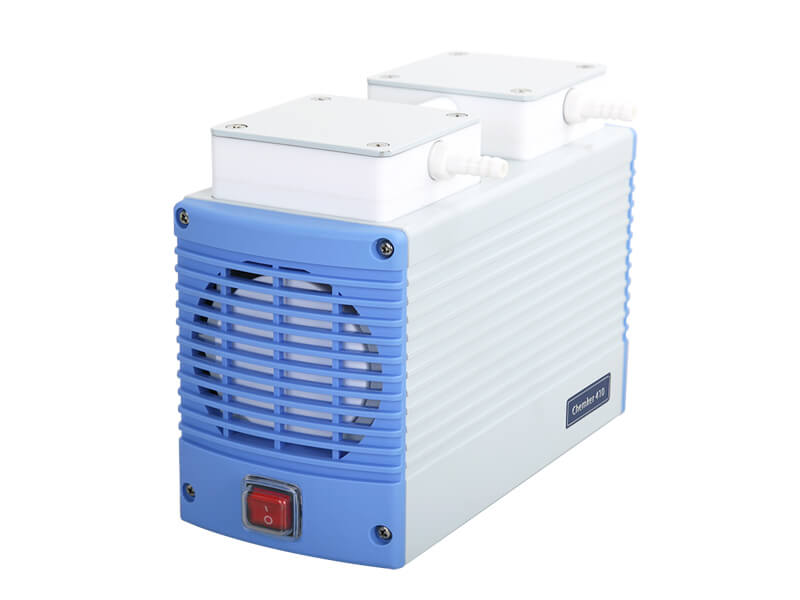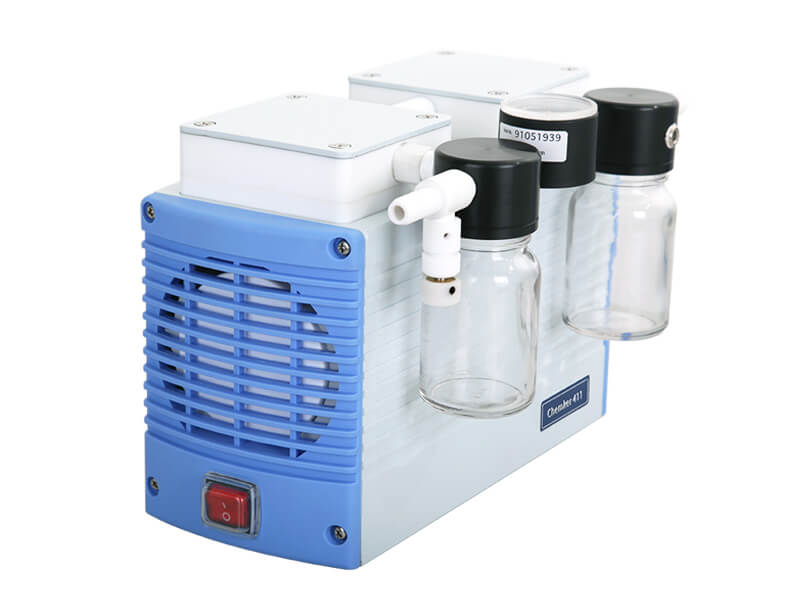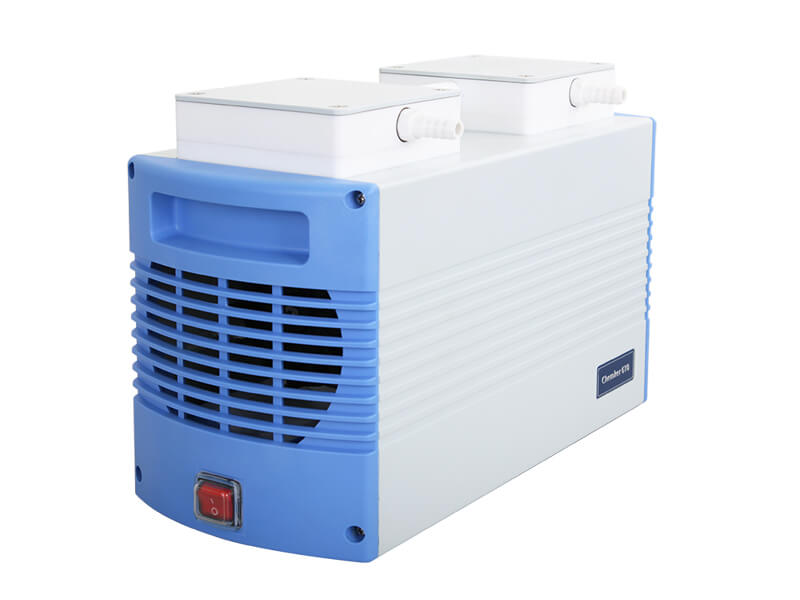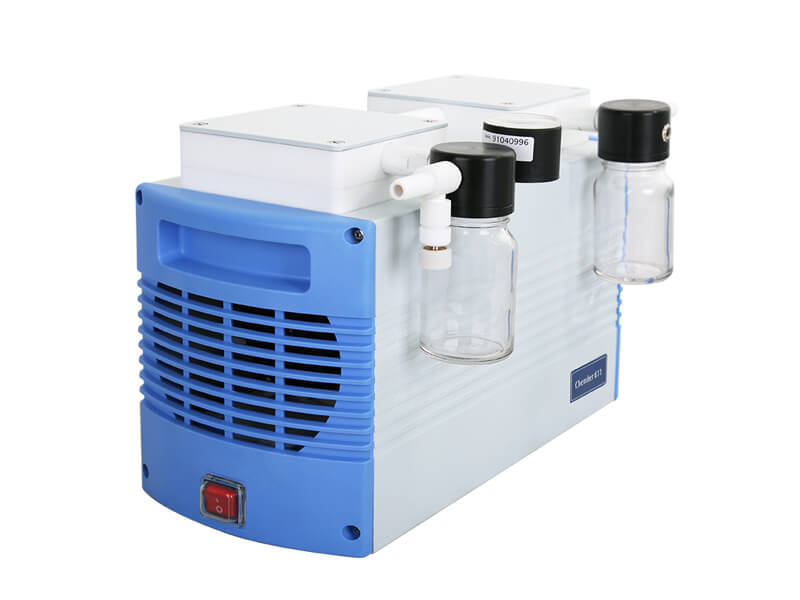What is gel electrophoresis?
What is gel drying?
Setting up & process of gel drying
Other gel drying methods
Applications of gel drying
What is gel electrophoresis?
Gel electrophoresis, also known as gel electrophoresis, is a commonly used experimental technique in the fields of biology, molecular biology, and biochemistry. This technique utilizes the differences in molecular physical properties, such as molecular weight and charge, to separate target substances, typically DNA, RNA, or proteins, which are biomolecules.
Electrophoresis can be categorized into various techniques based on the principles of separation, including sodium dodecyl sulfate polyacrylamide gel electrophoresis (SDS-PAGE), isoelectric focusing (IEF), and two-dimensional gel electrophoresis (2D gel electrophoresis or 2-DE). These methods are employed to study gene structure, genetic variations, protein expression, and are crucial for gaining a deeper understanding of the characteristics and functions of molecules within living organisms.
What is gel drying?
If analysis or transfer is not immediately performed after electrophoresis, it may be considered to dry the gel for further processing and preserving the separated biomolecules. Gel drying involves fixing the separated molecules in the gel while removing the moisture from the gel, turning it into a solid sheet. The main purpose is to preserve the gel for data recording or to maintain the stability of the sample for subsequent experiments, such as autoradiography, gel hydration after drying, or mass spectrometry analysis.
Gel drying can be performed using a gel vacuum dryer, also known as a gel dryer. It operates by heating the gel and simultaneously applying vacuum to uniformly remove moisture from the gel, thereby accelerating the drying process and effectively preventing gel cracking.
As chemicals may be used in gel preparation, it is recommended to use corrosion-resistant pumps during gel drying to ensure instrument safety. To prevent gel denaturation or damage, temperature settings should not be excessively high, and high vacuum models should be chosen to effectively lower the moisture boiling point. Additionally, a significant amount of vapor is released during the operation, and it is advisable to use a cold trap or vapor trap to recover the expelled solvent vapor. This not only avoids potential hazards to personnel but also helps extend the pump’s lifespan.
Given the diverse types of gels, the selection of an appropriate vacuum pump should consider the gel’s characteristics. Generally, choosing the right vacuum pump depends on the gel concentration (gel %) and the anticipated degree of drying. Furthermore, there is a proportional relationship between gel concentration and vacuum level; in other words, the higher the gel concentration, the higher the required vacuum level. Therefore, in pump selection, adjustments must be made according to experimental requirements and the characteristics of the gel.
Setting up & process of gel drying
Operational procedure:
- Transfer the gel to filter paper.
Note: If the gel has a radioactive label and you intend to perform autoradiography after drying, (a) Transfer the gel to two pieces of filter paper to absorb radioactive contaminants.
(b) Cover the top of the gel with a layer of plastic wrap, removing air bubbles to avoid contaminating the transparent silicon sealing gasket. - Place the gel into the gel vacuum dryer (with the filter paper facing down) and start the vacuum pump.
- Cover with the transparent silicon sealing gasket, removing air bubbles.
- Close the dryer lid.
- After setting parameters (time, temperature, heating cycle, etc.), initiate the gel vacuum dryer for the drying process.
Other gel drying methods
Another commonly used gel drying method in the laboratory is the sandwich method using cellophane, which belongs to a natural air-drying approach. The operational procedure is as follows:
- Moisten cellophane with water and lay it flat on a glass slide. The cellophane should have a larger area than the glass slide.
- Place the gel flat in the center of the cellophane.
- Add another layer of moistened cellophane on top of the gel.
- Fold the excess cellophane back to the back of the glass slide, smooth the surface by hand to remove excess moisture, and absorb any remaining water with a paper towel. Allow it to air-dry.
- After drying, trim the excess cellophane, and the gel can be permanently preserved.
When sealing the gel, all air bubbles between the cellophane and the gel should be removed to prevent gel cracking during the drying process. In addition to removing air bubbles, any minor damage to the gel or sealing it before the gel returns to its original size may also lead to gel cracking. Therefore, extra caution should be taken during the operation.
|
|
Gel dryer |
Sandwich method |
|
Principle |
Heat & vacuum |
Air dry |
|
Dyring time |
Shorter |
Longer |
|
Gel plate size (area) |
Applicable for wider range of plates (based on the platform) |
Smaller (generally 10×10 cm / 8×10 cm) |
|
Gel not easily deformed or ruptured |
○ |
X |
|
Applicable to general electrophoresis gels. |
○ |
○ |
|
Applicable to gels with radioactive labeling |
○ |
X |
|
Cost of equipment |
Higher |
Lower |
|
Required space for equipment |
Larger |
Smaller |
|
Operational safety |
High (with condensing equipment) |
High |
Applications of gel drying
- Drying of electrophoresis gels in molecular and biochemical laboratories, such as agarose gel, SDS-PAGE, IEF, two-dimensional gel electrophoresis, etc.
- Biological research in fields like genetics, involving DNA, RNA, proteins, etc.
- Fundamental research, including pre-treatment for analysis such as autoradiography, optical density, etc.
References:

